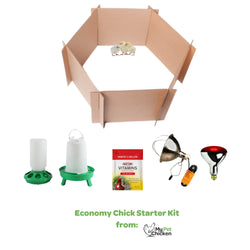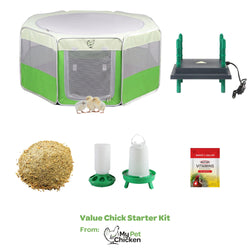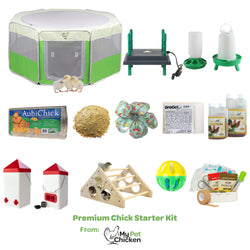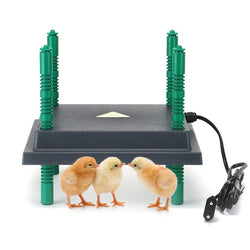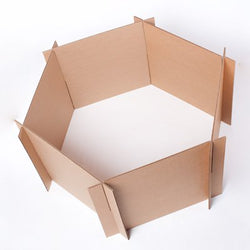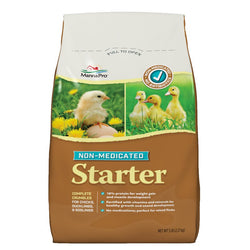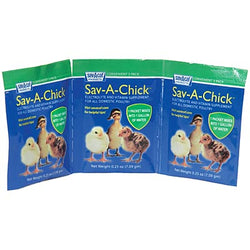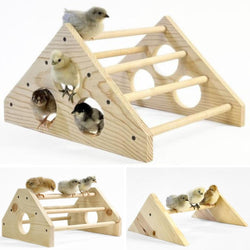How Long Does it Take a Chicken to Lay an Egg?
Back to blog
There's a certain magic in the act of collecting a freshly laid egg from your backyard coop—a tangible connection to the rhythms of nature and the reward of your nurturing efforts. But have you ever paused to consider the intricate journey that transforms a simple yolk into a fully formed egg?
How Long Does it take to Lay an Egg?
This whole process of egg laying from yolk to coop takes around 26 hours. As you savor the flavors of a meal made with your own homegrown eggs, take a moment to reflect on the incredible journey behind each bite.
The Timeline of Egg Laying
Imagine this scene: after months of patient care and excited anticipation, your flock of young chickens is finally at the age when egg-laying could commence. Typically, chickens lay their first egg around the 5 to 6-month mark, but as with any living creatures, individual variations add a touch of unpredictability. Some eager layers might start their egg-laying journey a tad earlier, while others may take their time, as if savoring the suspense.
Understanding the timeline involves delving into the inner workings of a chicken's reproductive system. From their first few weeks of life, their ovaries are hard at work, developing eggs. These eggs are like potential treasures, gradually maturing until they are ready to take their place in the intricate process.

From Creation to Nest
The journey of laying an egg, from inception to nest, is a remarkable saga that unfolds through various stages:
- Egg Yolk Formation: The journey begins within the delicate chambers of the ovary, where tiny yolks start to take shape. These yolks undergo a process of growth and maturation over time, preparing for the grand journey ahead.
- Release of the Yolk: Once the yolk reaches maturity, it releases from the ovary and is gently captured by the infundibulum—a funnel-shaped structure that serves as the gateway to the oviduct. Here, the possibility of fertilization comes into play if a rooster's presence has been gracing the coop.
- Albumen Addition: As the yolks travel along the oviduct, they pass through the magnum, the first stop on their assembly line. It's here that the albumen, or egg white, starts to be added. Think of the albumen provides cushioning and nourishment for the embryo-to-be.
- Membrane Coating: Continuing through the isthmus, the egg receives a double-layered membrane coating. This membrane duo forms an additional barrier, adding another layer of protection to the delicate contents nestled within.
- Shell Creation: The climax of this captivating journey unfolds in the shell glands—the final stage of the oviduct. Here, the magic of shell creation transpires. Calcium, sourced from the hen's diet, is applied to the egg, which forms the hard, protective shell we all recognize. This process takes about 20 hours.
An Egg is Laid!
Imagine the scene: a chicken, with a sense of purpose, feels the culmination of this intricate process. With a resolute push and the rhythmic contractions of her muscles, she delivers the freshly laid egg. This act, the moment of triumph, is a culmination of hours of patient craftsmanship and the essence of nature's artistry. As she steps away from the nest, the egg stands as a testament to her determination and the wonders of her biology!
Related Articles:
